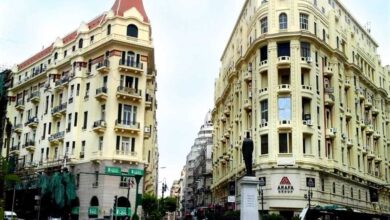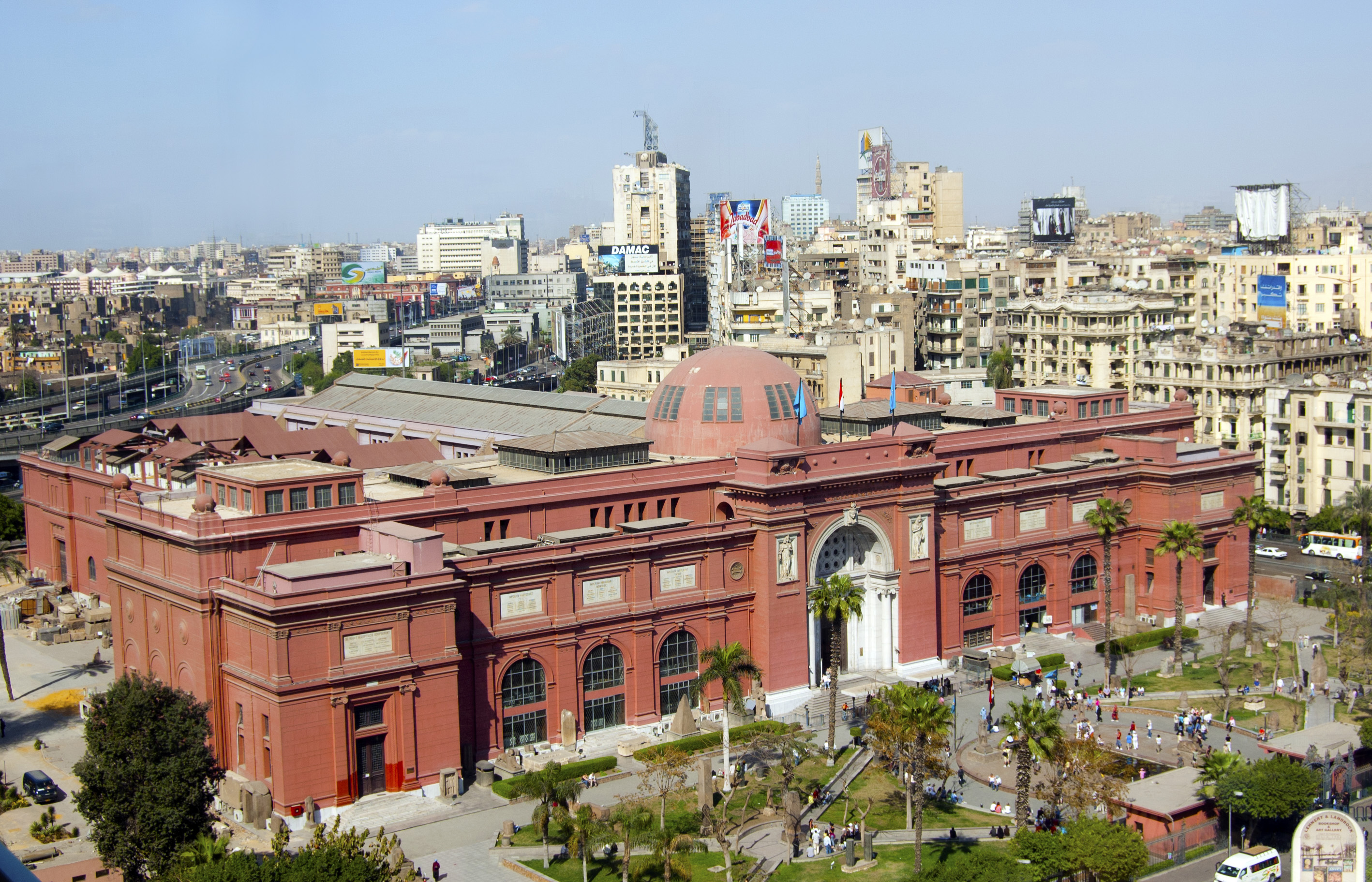A few hours ago, our taxi refused to take us in the direction of the Abbasseya, where the clashes were taking place at the sit-in in front of the Defense Ministry, and insisted on dropping us off near the Ghamra Bridge.
We walked down Ramses Street from Ghamra to Abbasseya, and found the street intersections, which on Tuesday evening had become the site of bloody clashes, were deserted except for a few passers-by, residents and shop owners who were standing or sitting outside their homes and shops dazed at the turn of events that changed their neighborhood into a war zone in which blood had been spilled just moments ago. They watched the youth passing by on their way to the square as if watching part of a terrifying figment of the imagination that suddenly became their reality.
The revolutionary youth themselves are confused and their only clear thought right now is the condemnation of any attacks on peaceful sit-ins and their agreement that military rule must end; however, they disagree on how to make this a reality and whether or not it is even feasible.
These youth were part of the breathtaking fantasy that opened the doors to freedom in the glorious 25 January revolution which everyone now loves, even if some Egyptians indignantly grunt “enough already!”
I'm trying to look through the eyes of these “residents,” the people sitting outside their homes and shops as they watch us walking silently into the massacre site.
There has always been an unfortunate battle between “the owners of the place” and us “outsiders” coming in to occupy the neighborhood and to transform it from a mere street to a protest space then to a battle site, whether that be Tahrir Square, Mohamed Mahmoud Street, Maglis al-Shaab Street or Abbasseya.
On Thursday morning, 3 February 2011, as I was walking out of Tahrir Square with a friend of mine after a night of clashes with a group of attackers, a popular committee stopped and searched us after finding physical evidence proving we were revolutionaries.
A well-dressed man in his late thirties, who can by no means be described as a thug, stuck a gun in my back, told me that he lives in the Abdeen neighborhood and that he would deliver me to the military as he was worried for his terrified children who were now locked up at home — worried about them and for their future. I could tell from his semi-apologetic tone that he was frightened over their future, the future of Egypt and the future of the street he lives on, near the square, which was transformed for a number of days into a battle zone.
Members of the armed forces took us from the popular committee members, and then threw a barrage of insults and nerve wracking criticism at us over how we destroyed the country with our actions in Tahrir Square. They threatened to transfer us to the Lazoghly National Security headquarters and leave us to the State Security officers. Shortly after this, they released us and advised us to take a different path so as not to run into the people's committee that detained us.
That evening, as a group of colleagues from Al-Masry Al-Youm Newspaper and I attempted to return to Tahrir Square, a number of people's committees from the Sayeda Zeinab district almost killed us. The mere fact that we were journalists was evidence enough for them that we were involved in the revolution. The only thing that saved us was when a number of us began to insult both the revolution and the revolutionaries telling them we were forced to do our jobs during these trying times.
I could tell from their appearance how authentically terrified and worried they were about the fate of their neighborhood, in which they had previously been safe and secure until these “outsiders” came to the nearby square with their protests, press, and cameras and turned their neighborhood into a battle area.
Back to Abbasseya today, as I stand in the middle of the “outsiders” who decided to create a protest space that then turned into battle zone to face the Supreme Council of the Armed Forces, angering the residents of the place, who are defending their reality from the outsiders’ revolutionary dreams.
In the play “Committee Fantasia” by the Tamie “Silt” Theatrical Group, my friend Salam Yousry wrote a song in which the actors sing, “We are creating a new place called the homeland.” In the play, the performers act out roles similar to their real lives while complaining about how alienated they feel in their neighborhoods that have become full of official and popular “committees” that hinder their freedom and imagination.
In another verse, the actors sing, “I am no stranger here in this new homeland.” This new homeland is the protest space, the Tahrir “squares” where the revolutionaries act out their dreams. I am not alone in feeling a great deal of familiarity in the midst of sit-ins and protest zones. Despite the confrontations, deaths and injuries, there is solace in the sense of familiarity I feel with my colleagues, the crazy revolutionary dreamers.
However, in order to access the protest space, aka battle zone, you must first pass through a cordon of tension at the border with the residents of the place. This tension was also apparent during the early days of the Tahrir Square sit-in during which millions of people united up until the deposed dictator’s last days. We, the revolutionaries, do not appear to have won over these enraged residents of the Abdeen, Sayed Zeinab, and Downtown Cairo districts.
This distance between these dreamy, hopeful outsiders who are occupying the streets and the residents of these places, whose realities weigh them down, leads to a bewildering conflict between two worlds, a conflict that sometimes escalates and becomes bloody.
While at a nearby restaurant for some sandwiches after having spent several hours at the sit-in, we heard gun shots. We ran to see what was happening only to find a funeral procession passing through Abbasseya Square. We stood there for a moment wondering whether this was a funeral procession for a protester, one of the residents or one of the thugs.
A clash had broken out between those participating in the funeral procession and a crowd that had gathered at the entrance to the sit-in. We knew then that these were not protesters.
On my Twitter account I posted my account of the events using the term “residents” only to be asked by a friend what I mean by “residents.” It appears to me now that the residents are the people who continue to defend their “area” and who, unlike us, do not wish to transform it into a battle zone and then into a new place fit for the revolutionary dream.
I do feel some sympathy for the residents, although I have always felt a connection to the other side, even when they become involved in foolishness or their imagination leads them to a dead end.
Translated from Al Masry Al youm by Aisha Al Awady




